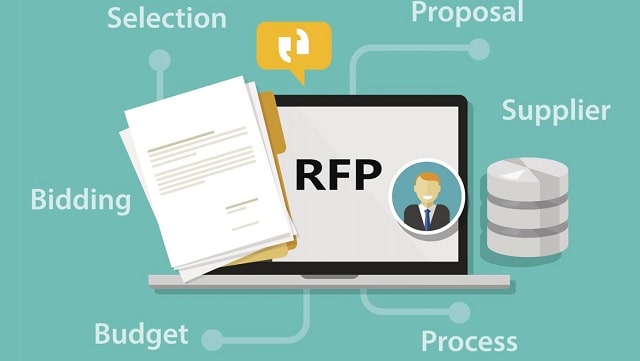The Request for Proposal (RFP) process is essential in procurement. It guides organizations in soliciting and selecting vendors for services and products by outlining project needs and inviting strategic solutions. This article explores the various stages of the RFP process, providing insights and guidance for both issuers seeking quality proposals and respondents aiming to secure contracts.
Exploring the Essentials of the RFP Process
The journey of an RFP begins with identifying an organization’s needs, which are outlined in a formal document that specifies project objectives, requirements, timelines, and evaluation criteria. For respondents, interpreting and responding to an RFP can be overwhelming, as mastering the issuer’s needs from the RFP document is crucial for understanding how to win an RFP. Customizing a response to address the demands and nuances of the RFP is vital for demonstrating capabilities and highlighting the value one can offer.
The RFP is then distributed, targeting potential vendors who possess the capabilities to deliver the desired outcomes. During this phase, the issuer must decide where to circulate the RFP to capture a wide but relevant audience. Publishing the RFP on industry websites or through professional networks can increase the quality and number of responses.
As proposals start coming in, the issuer’s focus shifts to administration and response management. Keeping track of incoming proposals, acknowledging receipt, and answering queries becomes a pivotal administrative task. Organizing documents and communication efficiently can prevent crucial details from being overlooked.
Finally, the RFP process entails a predefined deadline for submission, after which the proposals are evaluated. The evaluation phase is methodical, often involving scoring systems to assess aspects such as cost, methodological fit, and organizational compatibility. A transparent evaluation process fosters trust and ensures fairness among participants.
Evaluating RFP Responses: What Decision-Makers Look For
Decision-makers scrutinize RFP responses meticulously. The evaluation phase is their opportunity to conduct a comparative analysis of what each respondent is offering. At the forefront of this analysis is aligning responses with the initial objectives and scope of the RFP. Decision-makers seek proposals that comply and show an intrinsic understanding of the project’s goals.
Cost-effectiveness plays a substantial role but does not outweigh the value proposition. Decision-makers are continually balancing budget constraints with the quality of solutions proposed. They prioritize responses demonstrating a clear return on investment and innovative approaches that might yield long-term benefits.
The expertise and reputation of the respondents are also factors in the evaluation. Decision-makers consider the track record, industry standing, and references from previous clients. They are looking for reassurance that the respondent can deliver on their promises and maintain a level of excellence throughout the project.
Lastly, clarity and compliance with submission guidelines are assessed. Respondents who follow the RFP guidelines showcase their ability to understand and meet requirements, a trait critical to project success. Proposals that fail to adhere to these standards often fall short in the eyes of evaluators, regardless of their content quality.
Beyond the Selection: Post-RFP Strategy and Analysis
After a successful RFP match, both parties enter a critical post-selection phase. This means embarking on a collaborative relationship with the chosen vendor for the issuing organization, ensuring that both sides honor and understand all contractual agreements. This involves clarifying expectations, delineating responsibilities, and establishing communication protocols for the project’s tenure.
For the selected respondent, it’s a time to solidify their project plan and mobilize resources effectively. Demonstrating an immediate understanding of the project’s scope and readiness to start is pivotal. This phase often includes more in-depth meetings to discuss project specifics and timelines, setting the stage for a smooth kickoff.
The mutual evaluation also continues after the RFP process. Both parties typically monitor project progress, adhere to milestones, and manage any changes or challenges. This continuous assessment ensures the alignment with the project’s original goals and adjustment strategies whenever necessary.
Upon project completion, a thorough analysis of the RFP process, from solicitation to deliverables, helps organizations refine future RFPs and responses. Learning from each engagement leads to more efficient future processes, improved vendor relationships, and better project outcomes. This cycle of reflection and adjustment is vital for growth within the procurement domain.
Altogether, the RFP process is a comprehensive framework that facilitates effective procurement and vendor selection, ensuring that organizations meet their project needs efficiently. By embracing a collaborative approach and continuous evaluation, issuers and respondents can foster lasting relationships that lead to successful outcomes.
Keep an eye for more latest news & updates on Chicago Heading!

